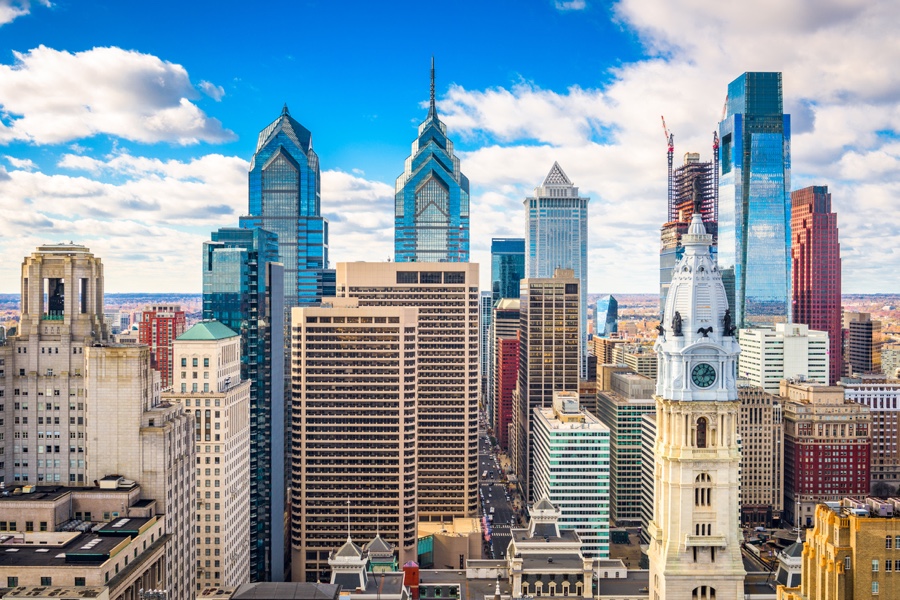Pew Report: Philly Remains the Poorest of America’s 10 Largest Cities
Nearly half of the city’s 400,000 poorest residents live in deep poverty.
Although job numbers are up and population continues to rise, Philadelphia has maintained its unenviable position as the poorest of American’s biggest cities, according to a study released on Thursday by Pew Charitable Trusts.
Pew’s 2018 “State of the City” report paints a grim picture for Philadelphia. The city’s poverty rate is 26 percent, and nearly half of the city’s 400,000 poor residents are living in deep poverty, according to the study. For one adult with two children, that means an income of less than $10,000, which is 50 percent of the federal poverty threshold.
The hardest hit group in the city is Hispanics, 38 percent of whom live below the poverty line. They are followed closely by African-Americans (31 percent) and Asian residents (23 percent). One positive finding of the study is that Philly’s population has grown for the 11th straight year, fueled largely by a spike in immigrants moving into the city.
“[Immigrants] accounted for nearly 15 percent of the city head count in the most recent census, the greatest share since 1940,” the report says.
In addition to an uptick in murders over the past year, 1,200 people died of drug overdoses in Philadelphia in 2017 – more than any other city in the country. To use the AIDS epidemic as a comparison, the city’s annual death toll from the immunodeficiency virus peaked at 935 in the mid-1990s.
The news isn’t all bad, however. Philly had a monthly average of 715,900 jobs in 2017, an increase of more than 16,000 from the year before and its highest total since 1991. For the second year in a row, Philadelphia added jobs at a faster rate than did the nation as a whole. The average local unemployment rate for the year fell to 6.2 percent and home sales in Philadelphia increased for the sixth consecutive year.



